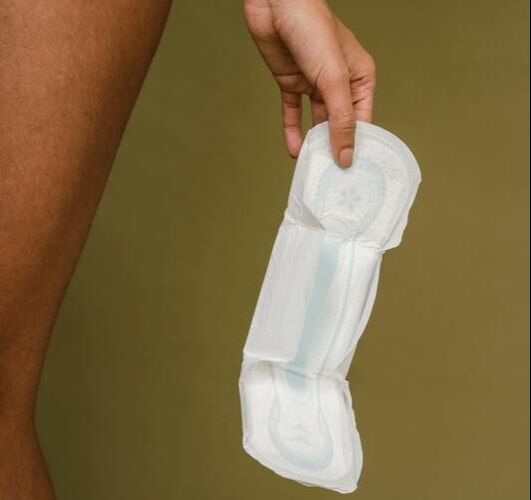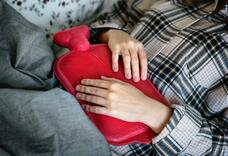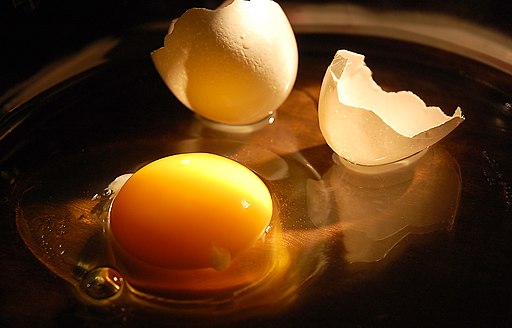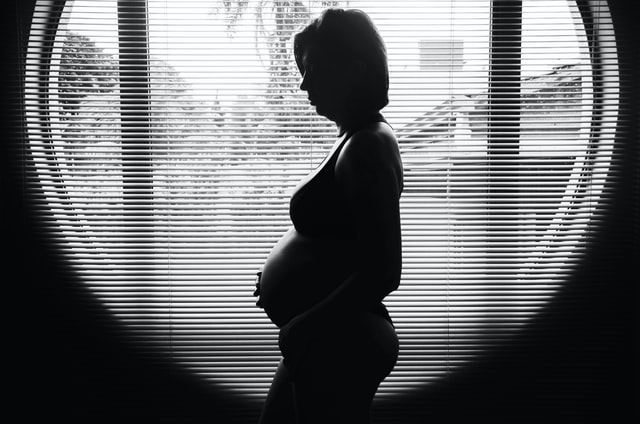Can Physical Activity Levels Impact Premenstrual Syndrome Symptoms?
Menstrual cycles can be an uncomfortable period for people that menstruate due to symptoms such as increased bloating, mood swings, sleeping disturbances, and food cravings. Although this is normal to experience during a menstrual cycle, it is possible to experience similar symptoms the days leading up to a menstrual cycle, which is called premenstrual syndrome (PMS). PMS is not a medical condition, but a cluster of various physical, mental, and emotional changes that menstruators can experience. Some examples of PMS symptoms include mood swings, depression, fatigue, bloating, and even headaches. PMS is a very common phenomenon, as 90% of women report experiencing PMS symptoms, and it is estimated three out of four menstruators will experience PMS symptoms. Moreover, PMS exists on a spectrum. Some individuals have very mild forms of PMS, while others can have debilitating forms of PMS known as premenstrual dysphoric disorder.
Those that experience PMS can reduce the severity of their symptoms in several ways. Depending on the symptoms, they can take medications such as painkillers, antidepressants, diuretics, or hormonal contraceptives. Additionally, lifestyle modifications can help reduce symptoms. For example, consuming less caffeine and eating balanced meals can help with stress and digestive problems, respectively. A lifestyle modification that has the potential to alleviate physical, mental, and emotional symptoms is exercise, which has been shown to help improve and maintain one’s physical and mental health. Although exercise is known to help alleviate PMS symptoms, there is not much known about how physical activity can affect PMS symptoms. Contrary to popular belief, there is a difference between exercise and physical activity. Physical activity refers to generalized physical movement, like walking to class, while exercise is planned periods of intentional physical activity, such as going to the gym for an hour.
Those that experience PMS can reduce the severity of their symptoms in several ways. Depending on the symptoms, they can take medications such as painkillers, antidepressants, diuretics, or hormonal contraceptives. Additionally, lifestyle modifications can help reduce symptoms. For example, consuming less caffeine and eating balanced meals can help with stress and digestive problems, respectively. A lifestyle modification that has the potential to alleviate physical, mental, and emotional symptoms is exercise, which has been shown to help improve and maintain one’s physical and mental health. Although exercise is known to help alleviate PMS symptoms, there is not much known about how physical activity can affect PMS symptoms. Contrary to popular belief, there is a difference between exercise and physical activity. Physical activity refers to generalized physical movement, like walking to class, while exercise is planned periods of intentional physical activity, such as going to the gym for an hour.
Image Source: Andrea Piacquadio
To better understand how physical activity can impact PMS symptoms, researchers in Japan conducted a study on female college students that tracked their PMS symptom severity and physical activity levels. 427 women were recruited and assessed for having PMS by determining which symptoms they had and how severe they were through a questionnaire. Another questionnaire was given to estimate each participant’s average weekly time spent walking, performing moderately-intense activity, and performing vigorously-intense activity. These values were then used to calculate their net weekly metabolic equivalent of task (MET), which essentially determines how much energy was expended doing a physical task. The researchers concluded that women that had higher levels of physical activity, levels that are above or equal to 3000 MET-minutes/week, tended to have lower PMS scores for both physical and psychological symptoms. Moreover, there was a higher proportion of people with no PMS symptoms in the group of participants that reached physical activity levels that were above or equal to 3000 MET-minutes/week.
Even though the study found that high levels of physical activity can decrease PMS symptoms and their severity, there are limitations that need to be considered. Since the participants used questionnaires to report their weekly physical activity levels, there is the possibility of recall bias, where participants provide inaccurate information that skews their results to be more favorable, like reporting higher levels of physical activity than their real physical activity levels. Additionally, this study uses the cutoff of 3000 MET-minutes/week for high physical activity levels, but this cutoff is arbitrary and does not account for varying ages of menstruators since the participants were college students with the average age being twenty years old. Despite these limitations, having a deeper understanding of how physical activity levels can impact PMS symptoms can help many menstruators alleviate their symptoms and improve their quality of life.
Even though the study found that high levels of physical activity can decrease PMS symptoms and their severity, there are limitations that need to be considered. Since the participants used questionnaires to report their weekly physical activity levels, there is the possibility of recall bias, where participants provide inaccurate information that skews their results to be more favorable, like reporting higher levels of physical activity than their real physical activity levels. Additionally, this study uses the cutoff of 3000 MET-minutes/week for high physical activity levels, but this cutoff is arbitrary and does not account for varying ages of menstruators since the participants were college students with the average age being twenty years old. Despite these limitations, having a deeper understanding of how physical activity levels can impact PMS symptoms can help many menstruators alleviate their symptoms and improve their quality of life.
Featured Image Source: Sora Shimazaki
RELATED ARTICLES
|
Vertical Divider
|
Vertical Divider
|
Vertical Divider
|






